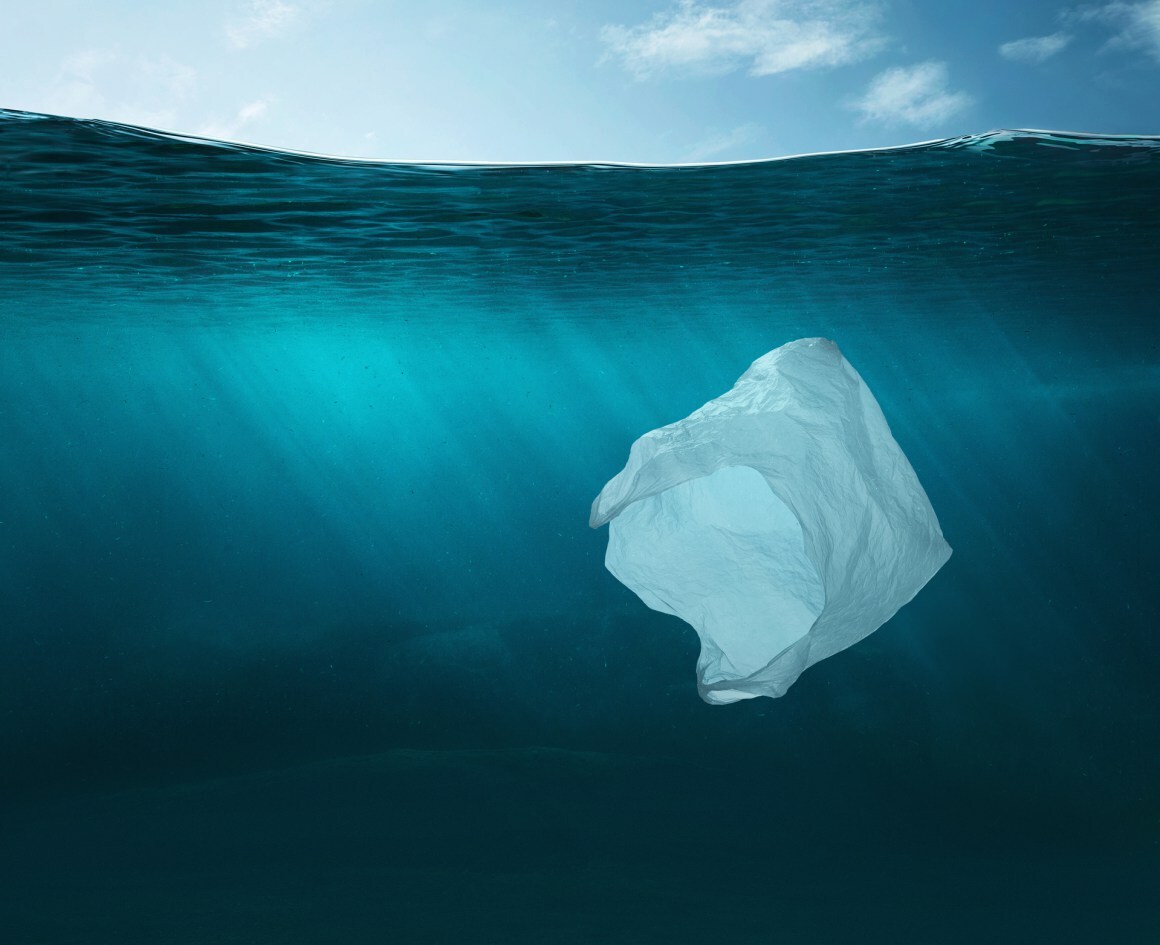A Tromsø-based pilot project hopes to implement systems and routines so that plastic from fishing and aquaculture does not end up in the sea.
“Plastic becomes a problem mainly when it’s in places where it shouldn’t be, and it’s an avoidable problem. That’s why we took the initiative to establish the project "Safe Harbour – from plastic waste to resource”.
These are the words of Anne Katrine Normann, project manager at Centre for the Ocean and the Arctic.
Working with local manufacturers of fishing gear and plastics, fishing and aquaculture industries, public authorities, port managers and waste management companies, the goal is to bring the plastic “safely into harbour”, and ensure that more of it is recycled.
“Here in the High North, much of the plastic originates from the fishing and aquaculture industries,” says Normann. “We know that much of it is lost by accident, but unfortunately, for various reasons, a small fraction is still dumped in the sea.”
To remedy this problem, the project will facilitate creation of large-scale facilities for receiving plastic waste in the harbours. The project will also strive to ensure that used plastic is to a greater degree viewed as an economic resource, not just rubbish. More and more entrepreneurs have discovered the opportunities this offers, but there is still a lack of knowledge, as well as financial and practical solutions.
“We’re hoping to gain insight and find practical solutions, such as systems for delivery of plastic from the sea and ways of processing various types of used plastic, and figure out how plastic can be reused, recycled and serve as raw material for new industrial implements, or for completely new products,” Normann explains.
Under the auspices of this project, which officially started on 3 September, a working group has been formed to put these ambitions into practice.
Jan-Gunnar Winther, director of Centre for the Ocean and the Arctic, is excited about the enthusiasm the project has generated in Tromsø.
“Our partners are deeply concerned about the problems related to plastic and are eager to be part of the solution. Much of the plastic that washes up along the beaches in the north comes from our own commercial enterprises,” says Winther. “They see how important it is that local forces in Tromsø set a good example by ‘cleaning up in our own backyard’ ”.
Centre for the Ocean and the Arctic received financing for this initiative against marine plastic waste from REV Ocean. The “Safe Harbour” project has in addition received a start-up grant from “Samfunnsløftet”, a fund for societal initiatives run by the regional bank Sparebank1 Nord-Norge.

